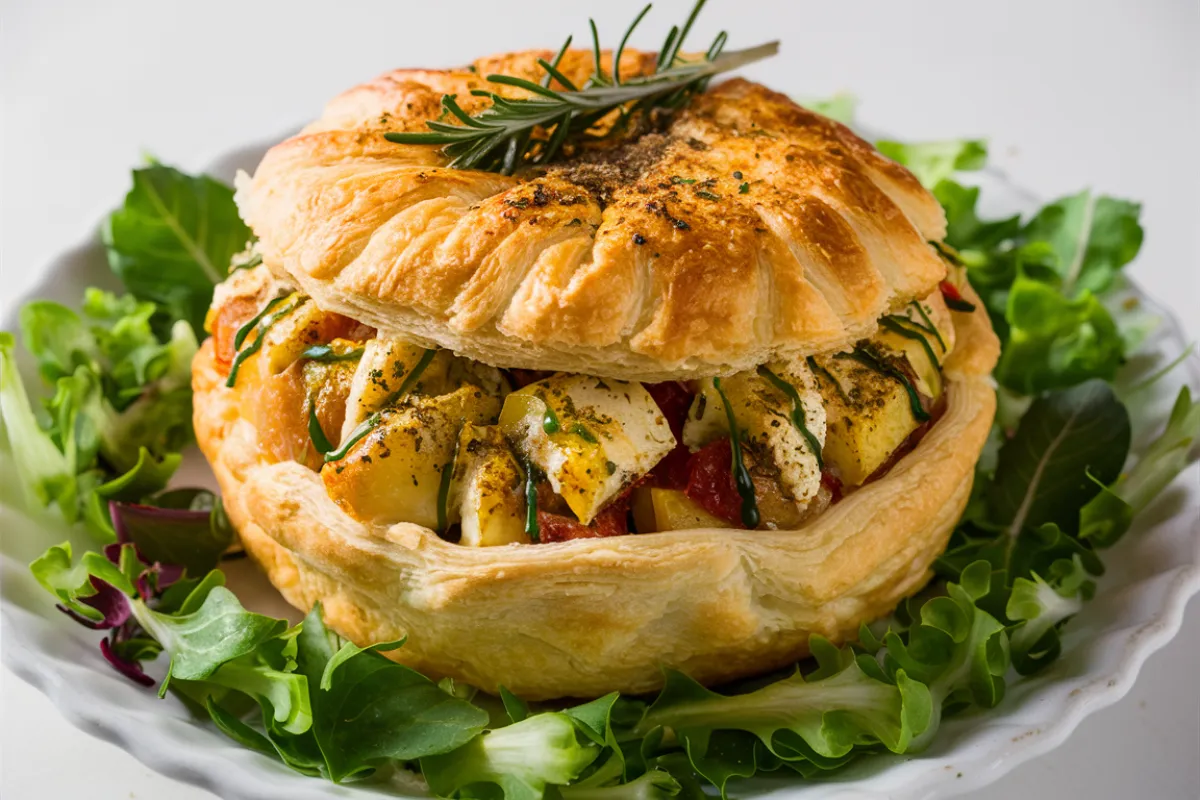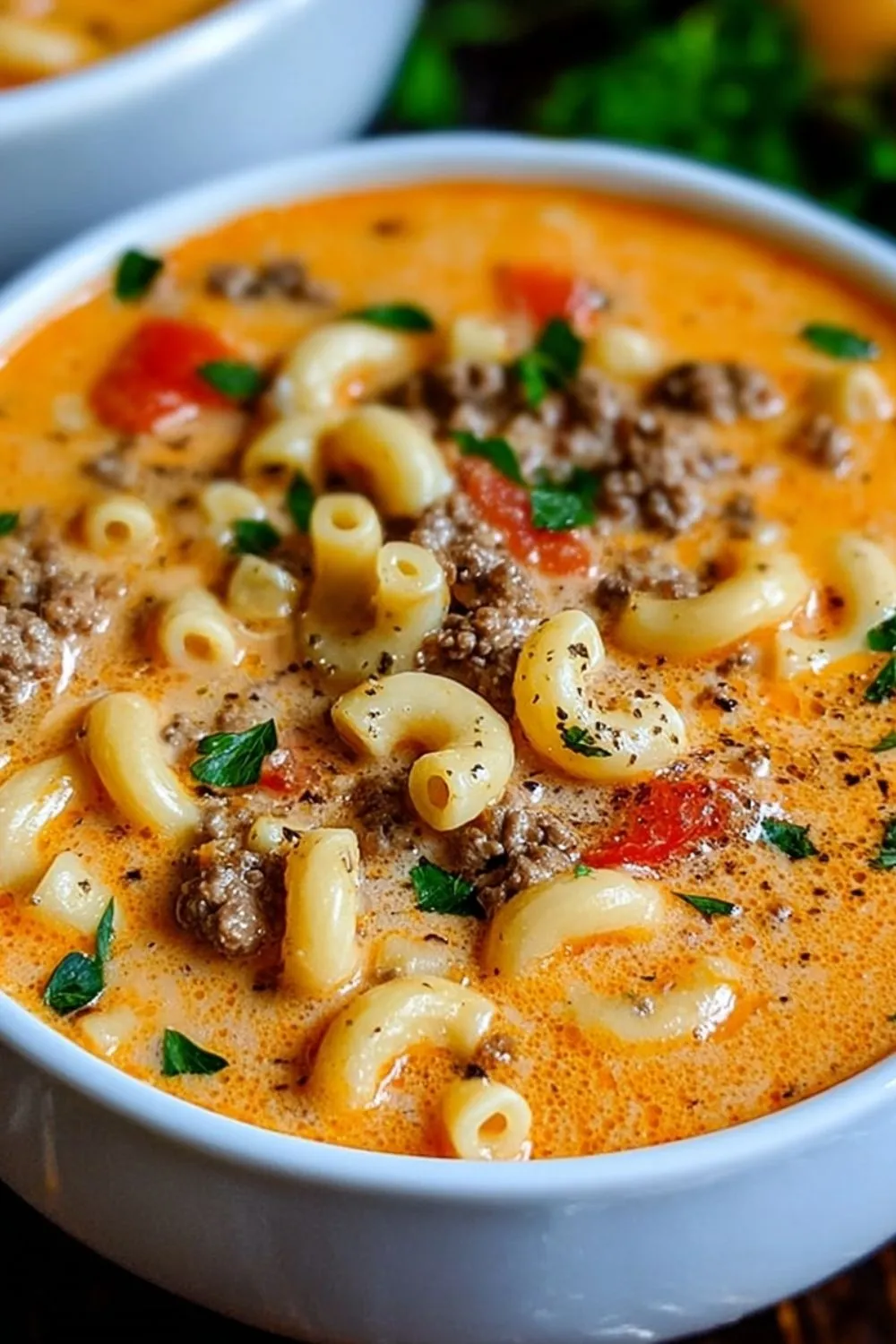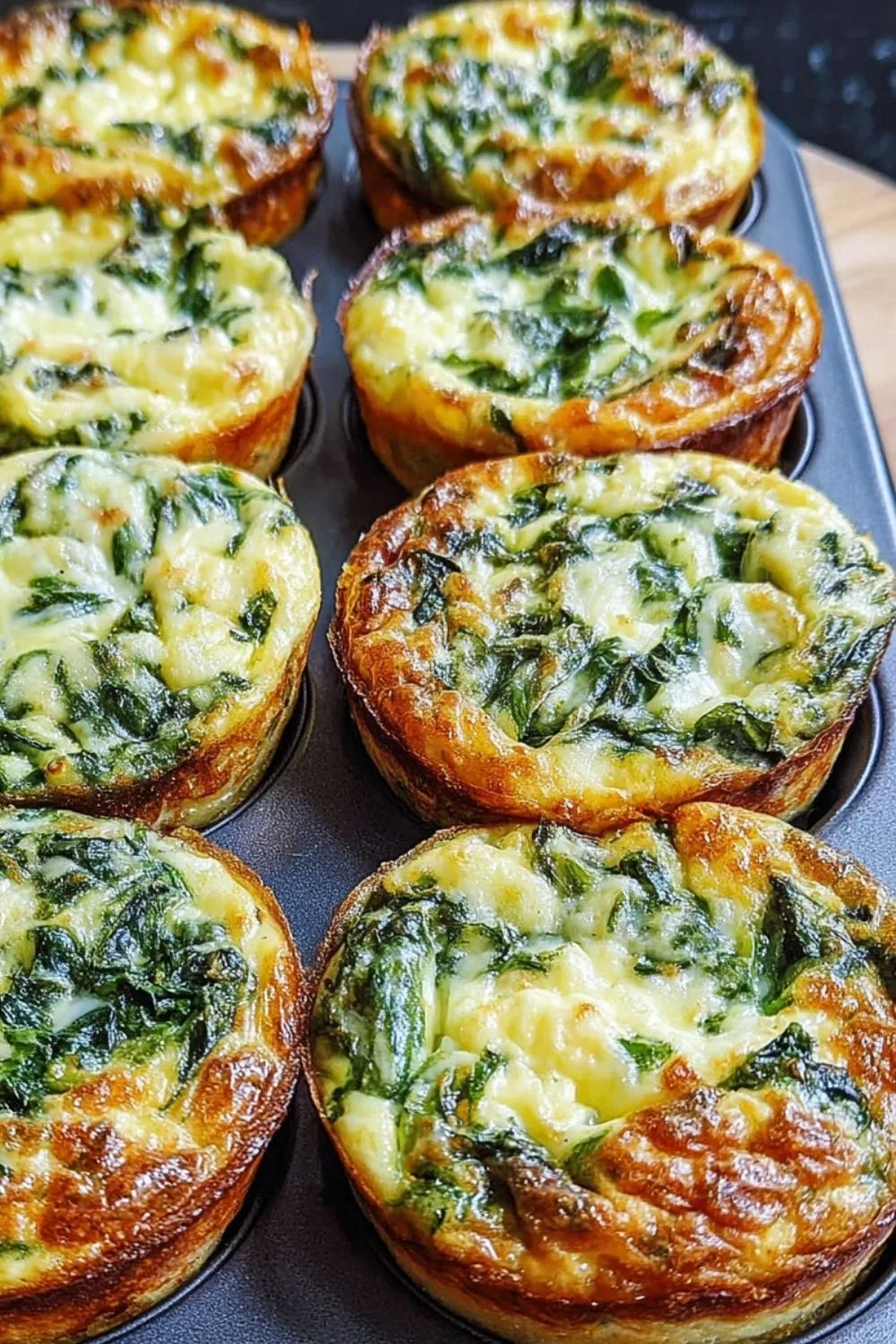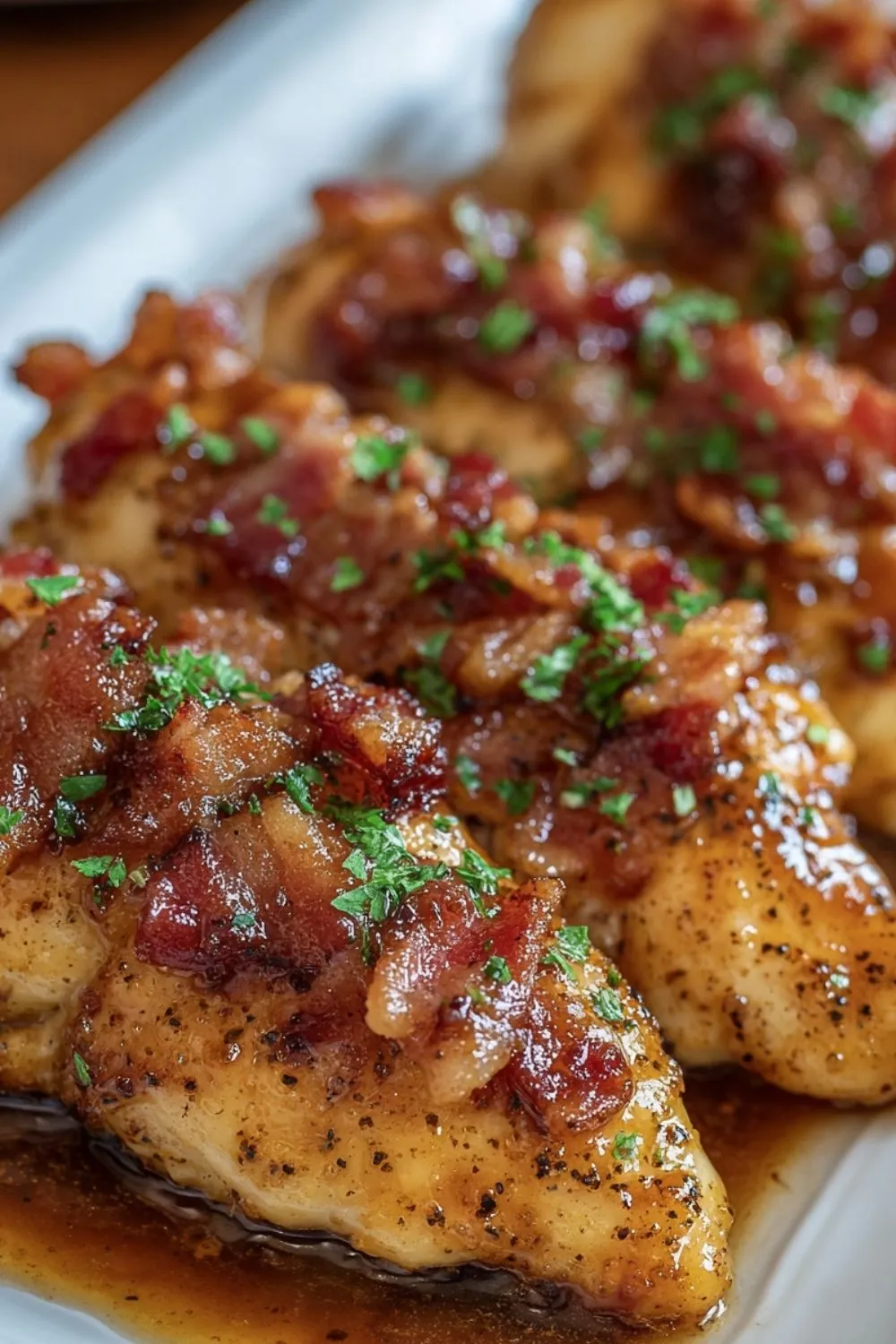Introduction
Welcome to the wonderful world of puff pastry, where buttery layers and flaky perfection come together to create culinary magic. In this comprehensive guide, we’ll dive into everything you need to know about puff pastry, from its fascinating history to essential tips for working with it, and a plethora of delicious recipes to inspire your culinary adventures.
Puff pastry, also known as flaky pastry, has been delighting taste buds for centuries with its light, airy texture and endless culinary possibilities. Originating from France, puff pastry has become a staple in kitchens around the world, loved by chefs and home cooks alike for its versatility and decadent flavor.
Whether you’re experienced or new to baking, this guide offers something for everyone. Get ready for a delicious journey!. Let’s dive in!
Understanding Puff Pastry: A Primer
Puff pastry, also known as flaky pastry, is a versatile dough that has been delighting taste buds for centuries. This exquisite pastry is crafted from layers of dough and butter, resulting in a light, airy texture when baked. Originating from France, puff pastry has become a staple in kitchens around the world, loved for its flaky perfection and endless culinary possibilities.
The history behind puff pastry is as rich as its flavor. Dating back to the Middle Ages, this culinary marvel was created by French bakers seeking to master the art of pastry making. Through meticulous layering and folding techniques, they discovered the secret to achieving puff pastry’s signature flakiness. Over time, the technique spread across Europe and beyond, captivating chefs and home cooks alike with its unrivaled texture and taste.
Why is puff pastry a kitchen essential? Its versatility knows no bounds. From savory appetizers to decadent desserts, puff pastry can be transformed into a myriad of mouthwatering creations. Its light, buttery layers provide the perfect canvas for both sweet and savory fillings, making it a favorite among culinary enthusiasts and professionals alike.
With its rich history and endless culinary potential, puff pastry is a true testament to the artistry of baking. Whether you’re a seasoned chef or a novice cook, mastering the art of puff pastry opens up a world of culinary delights waiting to be explored. So roll up your sleeves, preheat your oven, and prepare to embark on a delicious journey with puff pastry as your guide.
Essential Tips for Working with Puff Pastry
Working with puff pastry may seem daunting at first, but fear not! With the right techniques and a few insider tips, you’ll be creating flaky masterpieces in no time.
Choosing the Right Puff Pastry Dough
When selecting puff pastry dough, opt for quality. Look for brands that use real butter for the best flavor and texture. Additionally, consider the thickness of the pastry sheets; thinner sheets are ideal for delicate pastries, while thicker sheets work well for more substantial creations.
Proper Handling and Storage Techniques
To ensure success with puff pastry, it’s crucial to handle it with care. Always thaw frozen pastry dough in the refrigerator overnight to prevent it from becoming too soft or sticky. Once thawed, work quickly to prevent the butter from melting, which can affect the pastry’s flakiness.
Key Tools for Working with Puff Pastry
Investing in the right tools can make all the difference when working with puff pastry. A sharp knife or pastry cutter is essential for cutting precise shapes and edges. Additionally, a silicone pastry mat or parchment paper will prevent the dough from sticking to your work surface, making cleanup a breeze.
With these essential tips in mind, you’ll be well-equipped to tackle any puff pastry recipe with confidence. So don your apron, gather your ingredients, and get ready to impress friends and family with your puff pastry prowess!
Savory Delights: Puff Pastry for Appetizers and Main Courses
Elevate your appetizer game and bring a touch of elegance to your main courses with savory puff pastry creations that are sure to impress.
Mouthwatering Puff Pastry Appetizers
Puff pastry appetizers are perfect for entertaining or simply indulging in a delicious snack. Try filling puff pastry squares with a combination of cheese and herbs for a simple yet flavorful bite. Alternatively, get creative with fillings like caramelized onions and Gruyere cheese or spinach and feta for a sophisticated twist.
Elevating Main Dishes with Puff Pastry
Puff pastry isn’t just for appetizers; it can also take your main dishes to the next level. Utilize puff pastry for visually stunning and delicious dishes like chicken pot pie, beef Wellington, or vegetable tarts. The buttery, flaky crust elevates any meal, suitable for special occasions or weeknight dinners.
Creative Savory Puff Pastry Recipes
Don’t be afraid to get creative with savory puff pastry recipes. Experiment with different fillings, shapes, and presentations to create dishes that reflect your personal style and taste. Whether you’re hosting a cocktail party or enjoying a cozy dinner at home, savory puff pastry creations are sure to be a hit with everyone at the table.
Indulgent Sweet Treats: Puff Pastry Desserts
Satisfy your sweet tooth and indulge in a world of decadent desserts crafted with puff pastry. From classic pastries to innovative creations, there’s no limit to the sweet delights you can create with this versatile dough.
Irresistible Puff Pastry Dessert Ideas
Explore a realm of sweet possibilities with puff pastry desserts. Start your journey with classic favorites like apple turnovers and strawberry tarts, where the buttery layers of pastry provide the perfect contrast to the fruity fillings. For a more indulgent treat, try making palmiers coated in cinnamon sugar or Nutella-filled puff pastry twists for a chocolatey delight.
Decadent Puff Pastry Pastries
Take your puff pastry desserts to the next level with decadent pastries that are sure to impress. Channel your inner pastry chef and try your hand at mille-feuille, also known as Napoleon pastry, featuring layers of puff pastry and creamy pastry cream. Alternatively, dazzle your taste buds with éclairs filled with vanilla or chocolate custard and topped with a glossy glaze.
Tips for Perfectly Sweet Puff Pastry Creations
Achieving pastry perfection is all about attention to detail. When making sweet puff pastry creations, be sure to brush the pastry with an egg wash before baking to achieve a golden, flaky crust. Additionally, don’t forget to sprinkle sugar or glaze on top for an extra touch of sweetness and shine. With these tips, you’ll create irresistible puff pastry desserts that leave everyone craving more.
Beyond the Basics: Innovative Ways to Use Puff Pastry
Unleash your culinary creativity and explore innovative ways to use puff pastry beyond the traditional recipes. From unconventional flavor combinations to unique presentation techniques, there’s no shortage of inspiration when it comes to experimenting with this versatile dough.
Unconventional Uses for Puff Pastry
Think outside the box and experiment with unexpected flavor combinations to create unique puff pastry creations. Consider incorporating savory elements like bacon and blue cheese or prosciutto and fig into your pastry for a gourmet twist. For those with a sweet tooth, try adding caramelized fruits or chocolate ganache to your puff pastry for a decadent treat.
Puff Pastry Hacks for Busy Cooks
Short on time but still craving the deliciousness of puff pastry? Fear not! There are plenty of hacks and shortcuts you can use to streamline the puff pastry process. Opt for store-bought puff pastry dough for a quick and easy solution, or prepare a batch of puff pastry in advance and freeze it for later use. Additionally, consider using pre-made fillings or toppings to save even more time in the kitchen.
Incorporating Puff Pastry into Everyday Meals
Puff pastry isn’t just reserved for special occasions; it can also be incorporated into your everyday meals to add a touch of elegance and flair. Use puff pastry to create quick and easy breakfast pastries, savory lunch tarts, or individual pot pies for dinner. The possibilities are endless when it comes to incorporating puff pastry into your daily menu, so don’t be afraid to get creative and experiment with new recipes and flavors.
Homemade vs. Store-Bought: The Great Puff Pastry Debate
When it comes to puff pastry, the age-old debate of homemade versus store-bought rages on. Each option has its own set of pros and cons, and the decision ultimately comes down to personal preference and convenience.
Pros and Cons of Homemade Puff Pastry
Making puff pastry from scratch allows for complete control over the ingredients and flavor profile. Homemade puff pastry often boasts a superior taste and texture, with buttery layers that melt in your mouth. However, homemade puff pastry requires time, patience, and skill to prepare, making it a better option for experienced bakers or those willing to invest the effort.
Choosing the Best Store-Bought Puff Pastry
On the other hand, store-bought puff pastry offers convenience and time-saving benefits. Ready-made pastry dough is readily available at most grocery stores and requires minimal preparation, making it ideal for busy cooks or last-minute baking endeavors. While store-bought puff pastry may not have the artisanal quality of homemade dough, it still yields excellent results in recipes.
Making the Decision: Homemade or Store-Bought?
Ultimately, the decision between homemade and store-bought puff pastry depends on your priorities and preferences. If you have the time and inclination to make puff pastry from scratch, the homemade route may be the way to go for unparalleled flavor and texture. However, if convenience is paramount or time is limited, store-bought puff pastry offers a convenient and reliable alternative without sacrificing taste or quality. Regardless of your choice, rest assured that both options will yield delicious results when used in your favorite puff pastry recipes.
Troubleshooting Common Puff Pastry Problems
While puff pastry is renowned for its flaky perfection, even the most experienced bakers may encounter issues from time to time. Here are some common problems you may encounter when working with puff pastry, along with tips for troubleshooting and prevention.
Dealing with Puff Pastry Shrinkage
One of the most frustrating issues when working with puff pastry is shrinkage during baking, resulting in smaller, denser pastries. To prevent shrinkage, ensure your puff pastry is adequately chilled before baking and avoid stretching the dough when rolling it.. Additionally, dock the pastry with a fork before baking to release steam and prevent excessive puffing.
Preventing Soggy Bottoms in Puff Pastry
Another common problem with puff pastry is soggy bottoms, which can occur when the pastry dough becomes too wet or is underbaked. To prevent soggy bottoms, ensure your oven is preheated adequately and bake puff pastry on a preheated baking sheet for even heat distribution.. Additionally, avoid overfilling pastries with wet fillings, as excess moisture can seep into the dough during baking.
Tips for Avoiding Leaky Fillings
Leaky fillings can ruin the presentation and texture of puff pastry creations, resulting in a messy, unappetizing finished product. To prevent fillings from leaking out during baking, be sure to seal the edges of your pastries tightly and vent the top of the dough to allow steam to escape. Additionally, consider thickening fillings with ingredients like cornstarch or flour to reduce excess moisture.
By following these troubleshooting tips and techniques, you’ll be well-equipped to tackle any puff pastry problem with ease and confidence. Don’t let minor setbacks deter you; with a little patience and practice, you’ll be creating perfect puff pastry creations in no time.
Going Global: Puff Pastry in International Cuisine
Embark on a culinary journey around the world and discover how puff pastry is used in diverse cuisines across the globe. From classic French pastries to exotic fusion flavors, puff pastry’s versatility knows no bounds.
Exploring Puff Pastry in French Cuisine
In its country of origin, France, puff pastry reigns supreme in both sweet and savory dishes. Indulge in classic French pastries like pain au chocolat and croissants, where buttery layers of puff pastry are transformed into flaky delights. For savory options, try iconic dishes like quiche Lorraine or vol-au-vent, showcasing puff pastry’s ability to elevate simple ingredients into gourmet masterpieces.
Puff Pastry Variations Around the World
Venture beyond France and discover how puff pastry is adapted and embraced in cuisines around the world. In Spain, empanadas feature savory fillings encased in golden puff pastry pockets, while in Italy, sfogliatelle showcases puff pastry’s delicate layers in a sweet ricotta-filled pastry. In the Middle East, börek is a popular pastry filled with cheese, spinach, or meat, demonstrating puff pastry’s versatility in savory applications.
Fusion Flavors: Combining Puff Pastry with Global Cuisine
In today’s multicultural culinary landscape, chefs and home cooks alike are experimenting with fusion flavors that blend traditional techniques with modern twists. Discover creative dishes like curry puff pastries, blending aromatic spices with puff pastry, or chicken tikka puff pies, uniting Indian-inspired fillings with flaky crusts. With limitless potential, puff pastry sparks culinary innovation worldwide.
Conclusion
In conclusion, puff pastry is truly a culinary marvel that offers endless possibilities for creativity and exploration in the kitchen. Whether you’re whipping up savory appetizers, indulgent desserts, or innovative fusion dishes, puff pastry’s buttery layers and flaky texture never fail to impress.
Throughout this guide, we’ve explored the history of puff pastry, essential tips for working with it, and a plethora of delicious recipes and ideas for incorporating it into your culinary repertoire. From classic French pastries to global fusion flavors, puff pastry’s versatility knows no bounds.
Whether you make puff pastry from scratch or use store-bought dough, let your creativity shine by experimenting with flavors and fillings.. With a little practice and creativity, you’ll soon master the art of puff pastry and delight friends and family with your delectable creations.
So go ahead, roll out that puff pastry, embrace the magic of its flaky perfection, and let your culinary journey with puff pastry begin!
FAQs
-
Can I make puff pastry from scratch?
- Yes, you can make puff pastry from scratch using flour, butter, salt, and water. However, it requires time, patience, and skill to achieve the desired flakiness.
-
Where can I buy puff pastry dough?
- Puff pastry dough is readily available at most grocery stores in the frozen section. Look for brands that use real butter for the best flavor and texture.
-
How do I prevent puff pastry from shrinking during baking?
- To prevent puff pastry from shrinking, ensure that it is properly chilled before baking and avoid stretching the dough when rolling it out. Docking the pastry with a fork before baking can also help release steam and prevent excessive puffing.
-
What are some common fillings for puff pastry?
- Puff pastry commonly features sweet fillings like fruits, jams, and chocolate, as well as savory options like cheese, vegetables, and meats.
-
Can I freeze puff pastry?
- Yes, you can freeze puff pastry dough for later use. Be sure to wrap it tightly in plastic wrap or aluminum foil before placing it in the freezer, and thaw it in the refrigerator overnight before using.
-
How long does puff pastry last in the refrigerator?
- Puff pastry dough can typically be stored in the refrigerator for up to a week. Be sure to keep it well-wrapped to prevent it from drying out or absorbing odors from other foods.
-
What is the difference between puff pastry and phyllo dough?
- While both puff pastry and phyllo dough are thin, flaky pastry doughs, they are made using different techniques and ingredients. Puff pastry involves layering dough and butter, yielding a rich, buttery flavor and airy texture. Conversely, phyllo dough comprises thin sheets, resulting in a crispy, delicate texture when baked.
These FAQs should help address common questions that readers may have about puff pastry and its usage.








